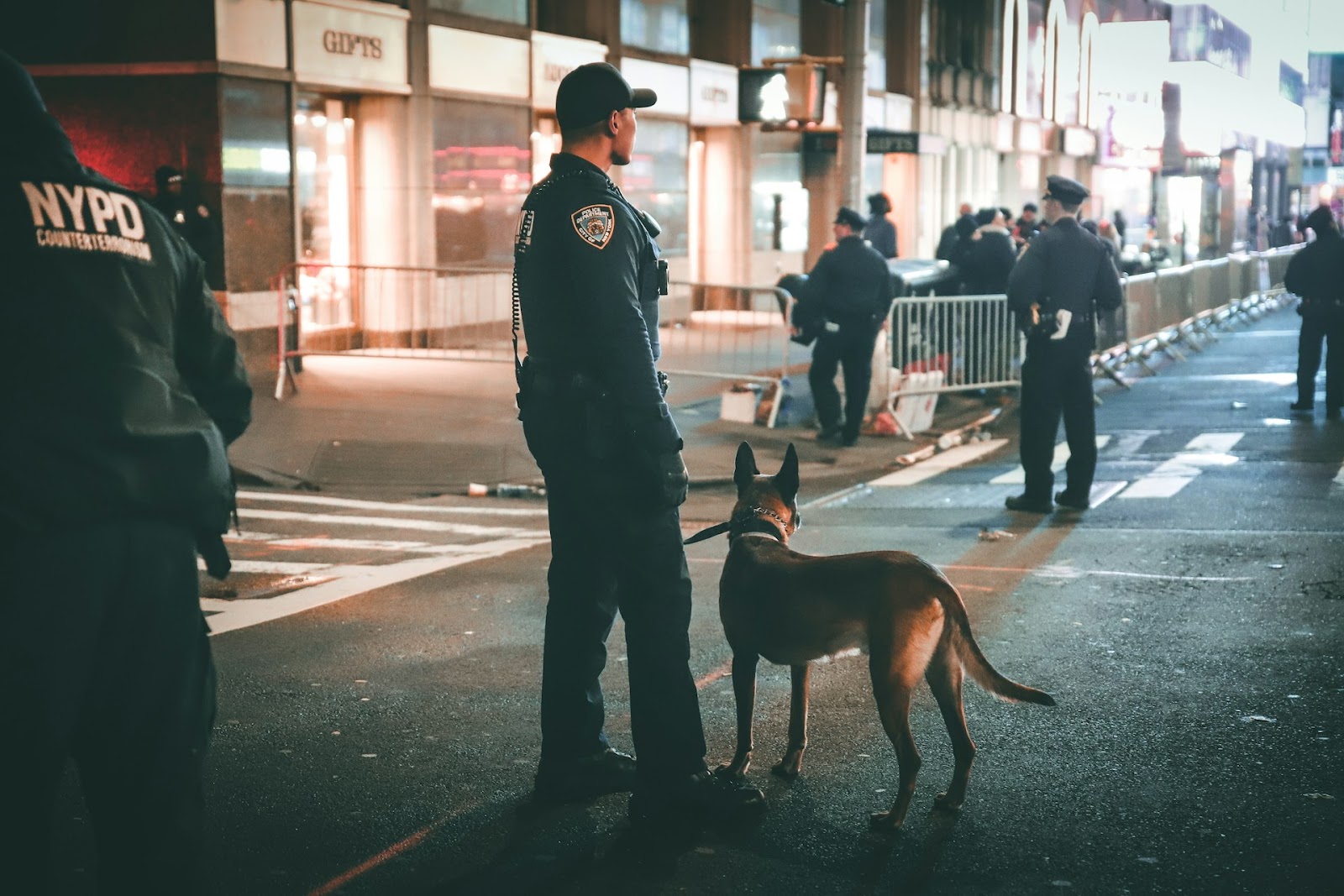FOIA Redaction Software: Must-Have Features for Law Enforcement IT Teams
FOIA redaction software must-have features for law enforcement teams: AI automation, compliance tools, and seamless integration to process video.
Body-worn cameras are now a core part of policing and transparency. You've invested, equipped your officers, and implemented the policies.
But when it comes to tech, the real challenges can begin after you've got cameras on every officer. The solution comes in finding the right supporting tools, which can determine whether that footage becomes a burden weighing down your department or a breakthrough that transforms how you operate.
Here's what you need to know.
Body camera video is only valuable if it's reviewed and understood—and that's where most departments often struggle.
With less than 1% of footage receiving human review, you're sitting on a goldmine of information that's effectively locked away and inaccessible. Therefore, nowhere near providing the value and support it could.
AI tools like CLIPr offer searchable transcripts that let you find key moments instantly, automated summaries that capture essential details without hours of manual review, and first-draft report generation that transforms audio into actionable documentation.
Why does this matter? Without context, video just sits in storage—unused and unanalyzed.
You're collecting evidence, but you're not extracting insight.
Here's a number that should catch your attention: officers spend more than 3 hours per shift on documentation.
That's nearly 40% of their time tied to a desk instead of serving the community.
Police agencies across the country are exploring AI tools that turn body camera audio into structured first draft reports, significantly reducing manual report-writing time. In some cases, departments have reported saving hundreds of hours per month, effectively increasing officer availability without expanding headcount.
The result?
Officers save 45 hours per month each, which effectively adds an extra officer for every eight using the technology.
The ripple effects are significant: improved morale, faster response times, and fewer errors from rushed documentation. When officers aren't drowning in paperwork, everyone benefits.

Reviewing hours of footage manually isn't just resource-intensive—it's practically impossible at scale.
The Los Angeles Police Department collects 14,000 video clips daily. Oakland's 600 cameras generate approximately seven terabytes of data per month.
Modern search capabilities, featuring AI-flagged events, searchable keywords, and intelligent timestamps, make reviews faster and more precise.
This becomes especially critical during investigations, audits, or community inquiries where you need to locate specific incidents quickly.
Without these tools, you're essentially playing hide-and-seek with your own evidence.
FOIA requests for body camera footage have surged, with Illinois alone receiving over 3,800 FOIA-related complaints in 2023. When manual redaction of one hour of video requires 8 to 12 hours of staff time—that's simply not sustainable.
Essential features for your ecosystem should include automated facial and license plate redaction, voice distortion or muting capabilities, and comprehensive audit trails that meet legal standards.
Consider redaction-as-a-service models to reduce internal burden and ensure you're meeting those tight deadlines without overwhelming your staff.
Many agencies serve populations with diverse languages and accents, but standard transcription tools often fall short. CLIPr supports multiple languages and dialects, ensuring that nothing is lost in translation—whether in reports or reviews.
If you're addressing or working with communities that are non-English speaking, you'll offer far better public and community experiences than without.
Data captured from body-worn cameras must meet strict standards, and those requirements are evolving rapidly.
The FBI's updated CJIS Security Policy v6.0, released in December 2024, introduced new requirements for AI systems accessing criminal justice information.
Ask yourself: Can your tools support compliance today and adapt as laws evolve? Seven states now mandate statewide body camera use, each with unique retention periods, disclosure rules, and privacy protections.
With staffing shortages affecting departments nationwide—large agencies remain more than 5% below their January 2020 levels—every tool matters.
The University of Chicago Crime Lab documented a 4.95x benefit-to-cost ratio for comprehensive body camera programs.
But cameras alone aren't enough.
Agencies need tools that reduce workload, surface insights, and improve decision-making. When properly implemented, these supporting technologies don't just save time—they improve officer professionalism, enhance community trust, and create more equitable outcomes.
You've invested in police body-worn cameras. Now it's time to make sure you're equipped to get the most from them.
The right ecosystem—like CLIPr—can help you turn every shift of footage into real insight, compliance, and community trust. Don't let your investment sit idle in storage when it could be actively improving how your department operates.
Ready to maximize your body camera investment?
See how CLIPr can transform your workflow today.